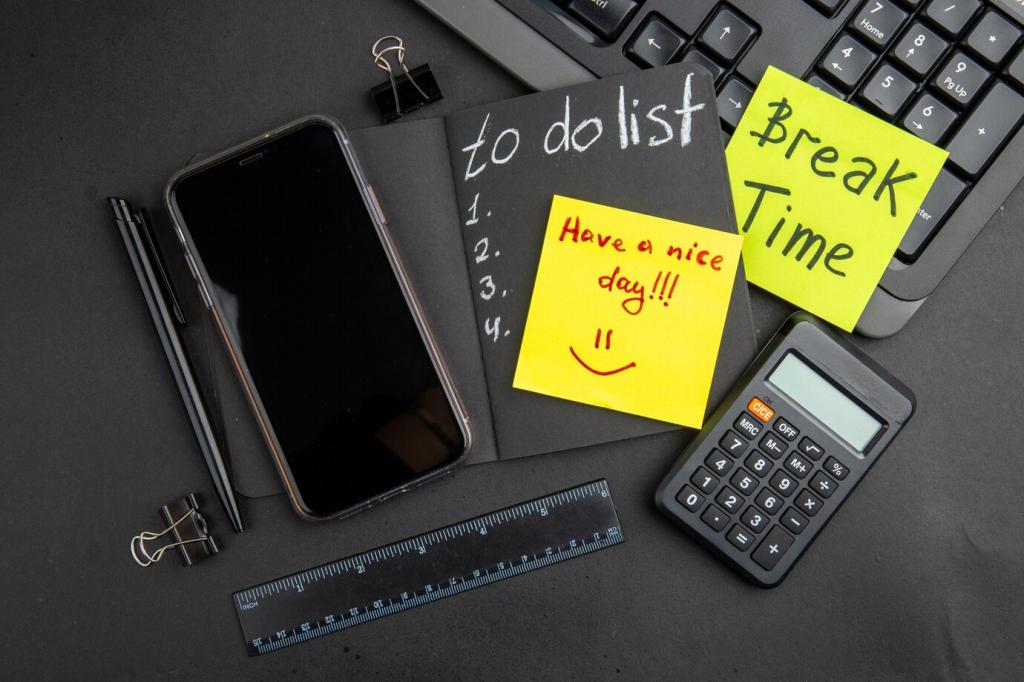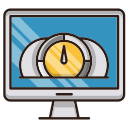Chosen theme: Streamlining Workflow in a Remote Environment. Welcome to practical, human strategies that remove friction, empower focus, and help distributed teams deliver with calm confidence. Subscribe for weekly playbooks, experiments, and real stories that make remote work actually work.
Design Processes That Thrive Remotely
Pick a canonical home for tasks, decisions, and status updates, then commit. One source of truth reduces pings, eliminates contradictory documents, and lets teammates in any time zone move forward confidently without waiting for approvals.


Design Processes That Thrive Remotely
Map deliverables with asynchronous steps first, identifying handoffs and expected response windows. When dependencies are explicit, teammates can progress in parallel, reducing idle time and preventing last minute scrambles during overlapping hours.
Tools That Reduce Friction, Not Add It
Asynchronous First Communication
Favor threads, memos, and recorded walkthroughs over meetings by default. Async artifacts scale across time zones, capture context, and invite thoughtful replies, while protecting focus blocks that are essential for high quality, creative work.
Automation as Multipliers
Automate the boring glue between tools: create tasks from forms, route approvals, and post status updates automatically. Small automations save minutes daily, compounding into hours weekly, and reduce mistakes caused by manual copying between systems.
Naming, Templates, and Defaults
Agreement on file names, channel prefixes, and task templates removes hesitation. Standard checklists, definitions of done, and kickoff templates mean every project begins organized, so people can think about substance instead of reinventing structure each time.

Core Hours with Flexible Edges
Define a small overlap where real time collaboration happens, then protect the rest for deep work. This balance respects time zones, reduces scheduling thrash, and lets teammates plan meaningful progress without constant calendar collisions.

Meeting Hygiene That Respects Focus
Insist on agendas, pre reads, and time boxed decisions. Cancel or convert status meetings into async updates. When meetings earn their place, people arrive prepared, outcomes improve, and calendars stop acting like accidental blockers.

Rituals That Sustain Momentum
Use lightweight daily check ins, demo days, and end of week highlights to sync context without derailing focus. These rituals create social accountability, celebrate progress, and keep motivation steady across distance and differing schedules.
Documentation as a Superpower, Not a Burden
Write concise, task oriented guides with screenshots, short clips, and clear owners. Playbooks should answer the exact questions people ask at 2 a.m., enabling progress without waiting for someone else to wake up.
Documentation as a Superpower, Not a Burden
Capture decisions with context, alternatives, and rationale. Decision records prevent repeated debates, onboard newcomers quickly, and let future readers understand why a path was chosen when constraints and priorities have inevitably shifted.
Documentation as a Superpower, Not a Burden
Organize by team and project, add tags, and assign review cadences. A clear home page, search friendly titles, and owners who prune outdated pages keep documentation trustworthy and worthy of everyone’s attention.
Measure Flow, Iterate, and Improve
Measure Flow, Not Busyness
Track cycle time, work in progress, and handoff delays instead of counting messages or hours online. Flow metrics reveal where work slows, guiding targeted fixes that actually improve outcomes for customers and teammates.
Retros That Lead to Experiments
Run short retros focused on one bottleneck, then commit to a single experiment with a clear success metric. Small, reversible changes compound, building a culture that ships improvements instead of collecting wish lists.
Share Wins and Lessons Transparently
Post quick before and after notes when an experiment helps. Celebrate the team, document the play, and invite others to adapt it. Transparency builds momentum and invites constructive feedback that sharpens the next iteration.
Self Serve Pathways for Day One
Provide a guided checklist with videos, key docs, and sandbox tasks. New hires can explore independently, ship something small, and learn how work flows without waiting for someone to walk them through everything live.
Buddy Systems and Social Fabric
Pair every newcomer with a buddy for context and a cohort for camaraderie. Human connection accelerates learning, reduces hesitancy, and makes questions feel safe, which shortens ramp time and improves first month productivity.
Friction Logging for the First 30 Days
Ask new hires to keep a simple list of confusing steps, missing docs, and repeated questions. Review weekly, fix immediately, and close the loop publicly. Continuous cleanup keeps the workflow streamlined for everyone.
